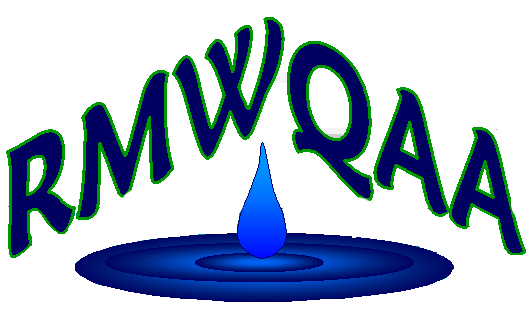Interpreting Discrepancies between Analysis Methods, Machines, and More.
As advancements in Water and Wastewater Treatment technologies continue to emerge and regulations provide municipalities with more hurdles in meeting increasingly stringent standards, we also see potential for misinterpreting data and how it affects these complex treatment processes. This idea has not escaped us at our Water Pollution Control Facility in Greeley.
One particular instance arises in the analysis of measuring Volatile Acids. For the last few years our lab has relied on a single method of measuring Volatile Acids, as well as using certain equipment for measuring these results. This method has been a valuable indicator when it comes to determining the health of our anaerobic digester systems, especially in the winter when we experience the most complications in the treatment process.
Recently, with the addition of new treatment processes and new employees that see value in other methods, we have begun to examine alternatives to our original procedure. These alternatives include, but are not limited to using a different method as well as using a different instrument to analyze the data. Our findings were a bit unsettling and confusing.
Although we have only recently begun this study and it is still in progress, we do tend to see relatively significant differences. Now, there is a need to acknowledge that it is no world-changing finding to say that different methods and different instruments can provide different results on duplicate samples. However, the point is that there are certain parameters that exhibit greater discrepancies in results, and these can be difficult to interpret and put to use for operators and analysts alike.
Our initial investigation into this process began when we found an alternative method from the same company that provides our reagents for the original method. This new method appealed to us in that it was a simpler, less time consuming process. However, the spectrophotometer (spec) used to analyze the results was different than the spec used in our original method. Fortunately, the instrument used in the new method could be equipped with an adapter to analyze our original method, so we had the ability to analyze both methods on the same spec.
Here’s where our troubles surfaced: we didn’t know which results to take as our final number when it came to adjusting the operation of different processes in the plant. We had been using the same method for so long and using it as our proverbial ‘canary in the coal-mine,’ that when it came to new methodologies we had no baseline or warning limits to go by. Granted, if our results were close enough between methods and could be considered ‘apples-to-apples’ we wouldn’t need to worry about this. Yet Murphy’s Law had something different to say about this, and we began to see results of the new method on the new spec at 20% and sometimes even 50% higher than the original method on the old spec. Furthermore, this nascent study has shown that the new method produces more accurate results with our stock standard when compared to the old. So, where does this leave us?
It seems that logic would dictate that when it comes to making significant changes in operating procedures we should make our adjustments based on the original method with the support of historical trends to back the decision. This has been our stance as we fight through worrying conditions in a push to stabilize the system before a more predictable and manageable period during the spring and summer.
Fortunately, we will be entering a transition period with the construction and installation of a new primary digester. With this new change and somewhat of a blank slate to work with, we feel justified in converting over to the newer method with its perceivably more accurate results. Suffice it to say, we will continue to run the original method in conjunction with the new method to further establish some semblance of trends to compare.
In closing, there is a desire to point out that this is but one small case study on a topic that any and all plants can be subjected to when put under certain stresses. Whether it be new analysts coming in to a lab, new equipment or methods being instituted by necessity or preference, or even changes to method rules as seen in March’s MDL writing, variability in a lab and its methods can lead to considerable impacts on a treatment plant’s performance and the decisions made in that right.
Zach Dahlgren is a Water Quality Analyst at the Water Pollution Control Facility in Greeley. He has been with the City of Greeley going on 4 years and with the RMWQAA as Website Chair for over 3 years.
 Welcome to the
RMWQAA Website!
Welcome to the
RMWQAA Website!  Welcome to the
RMWQAA Website!
Welcome to the
RMWQAA Website!